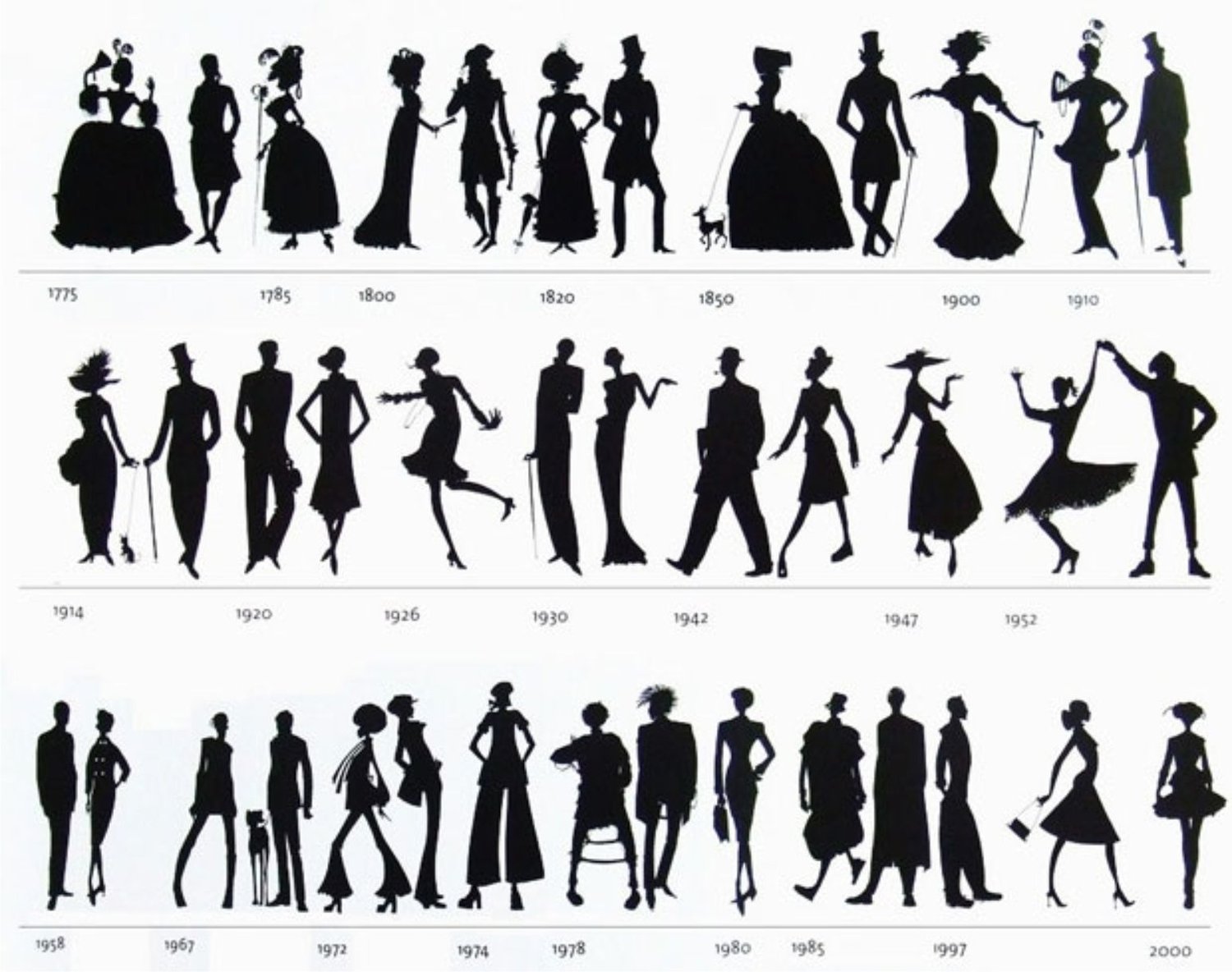The concept of 'fashion' started when humans began wearing clothes. These clothes were typically made from plants, animal skins and bone. Over the centuries, as humans have advanced in culture, knowledge and technology, fashion has also evolved and changed to suit each place, demographic and period in time.
Fashion is a powerful vehicle for creativity, self-expression and identity for everyone. Fashion can help to express to the world on a visual level who you are on an inner level i.e., your personality, attitudes, beliefs, and values.
Are you sleek? Business minded? A hipster? Vintage? Punk?
Fashion is clothing that tends to reflect a behavior, mindset, or circumstance. The way that you are dressed is one of the first things that people notice about you and that sends a subconscious message to the world about who you are as a person and how you feel about yourself in the world.
Many pieces of clothing are invented for a functional purpose before they ever become fashionable, but as they become symbolic of a certain kind of lifestyle or aesthetic, certain items become expressive of meaning. Take cowboy boots as an example; they originated as functional footwear for men working in the American West. Cowboys were seen as rugged and individualistic because of the demands of their occupation, and cowboy boots have persisted as a choice fashion item for people wishing to express these values.
Fashion allows individuals to create and craft images of themselves, expressing their identity to other people and potentially arousing feelings of curiosity or commonality. Fashion is often fueled by the desire to be different enough to stand out but similar enough to belong to the group that your clothing helps identify.
While the trends in fashion sometimes seem random or unpredictable, clothing styles often evolve according to larger cultural movements. As Coco Chanel famously said, “Fashion is not something that exists in dresses only. Fashion is in the sky, in the street; fashion has to do with ideas, the way we live, what is happening.”
Fashion can also be indicative of a movement, subculture or lifestyles. For example, consider the hippie culture of the 1970s with its flowers, bell-bottoms, flowing dresses and peace signs. While these items had no strictly functional purpose, they were instead functional in their ability to express the rebellion of an entire generation's values that included love, peace, cooperation, and alternative or new mindsets.
Bell-bottoms and flowing dresses represented a break from the old or outdated dress codes and requirements for behavior. They helped people visually break from the older aesthetic with free-flowing and unrestrained construction, and by connecting the wearer with the lifestyle values of the hippie movement.
For many people, the constant change in fashion is part of what makes it an enjoyable experience.
Fashion designers put a tremendous amount of thought and creativity into designing their clothes, and many elements have to come together when photographers, models and stylists create magazine editorials to showcase those clothes.
The rush of creation and documentation happens season after season, as part of an unpredictable and exciting change. Similarly, fashion demonstrates our ability, as humans, to change. Mankind is always pushing further, seeking to know more and improve. As the French philosopher Gilles Lipovetsky said, “Fashion is one of the faces of modern artifice, of the effort of human beings to make themselves masters of the conditions of their own existence.”
Source: Five Reasons Why People Are Interested in Fashion | LEAFtv


